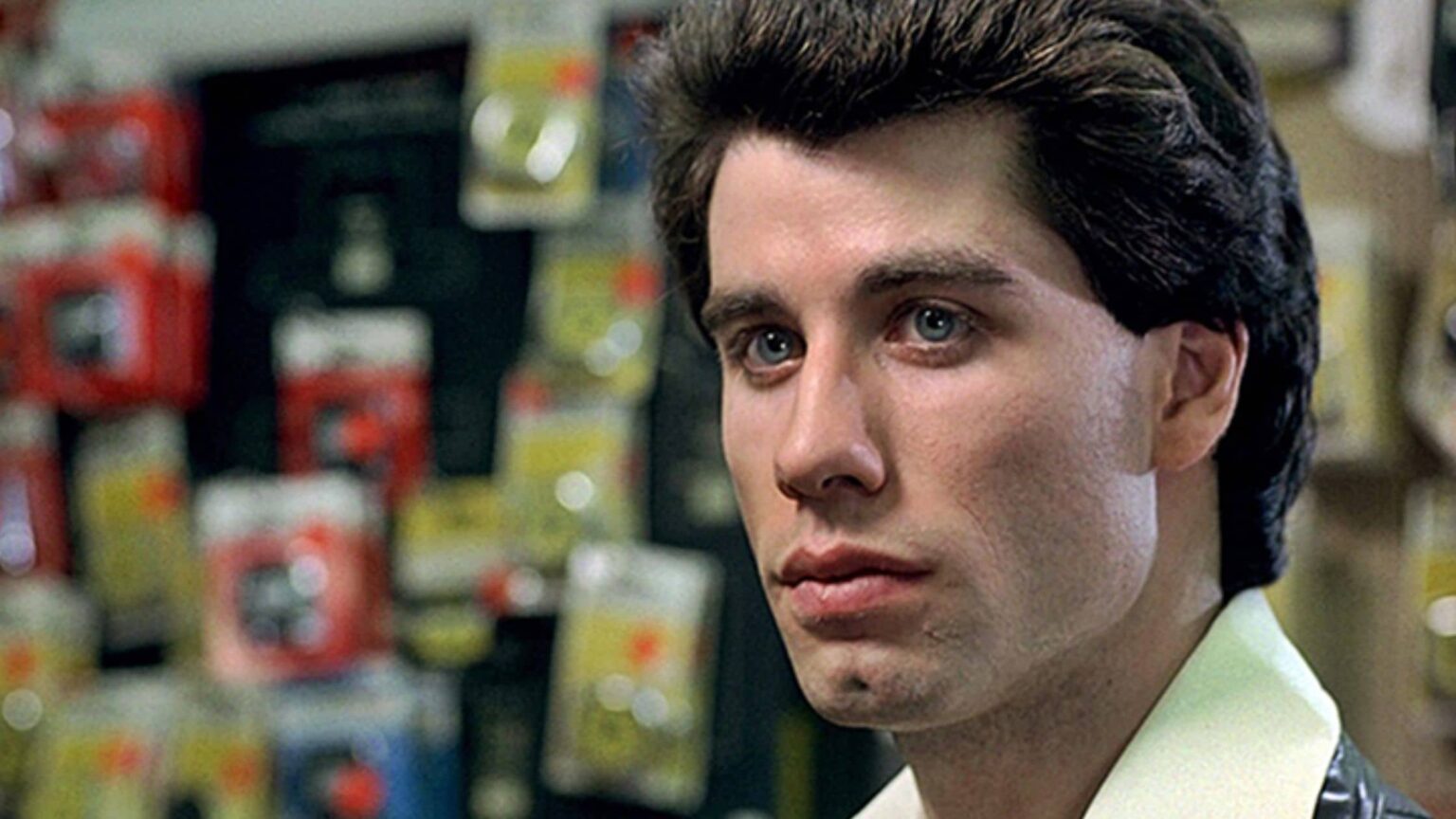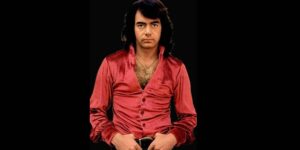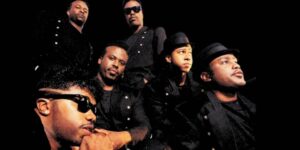The 1977 film Saturday Night Fever is widely regarded as one of the most iconic and influential films of all time. Its soundtrack, featuring a blend of disco, funk, and pop music, was a major factor in its success. The soundtrack was a commercial juggernaut, spending 24 weeks at the top of the Billboard 200 chart and selling over 15 million copies in the United States alone. It won three Grammy Awards and produced several hit singles that continue to be popular today. In this article, we’ll take a closer look at the songs that made the Saturday Night Fever soundtrack an immortal classic.
The Rise of Disco
Disco, short for discotheque, emerged in the early 1970s as a subgenre of funk and soul music. Characterized by its upbeat tempo, synthesizers, and catchy melodies, disco was meant to get people dancing and having a good time. The genre was heavily influenced by the 1970s’ club culture, where DJs would spin tracks to keep the dance floor packed. By the mid-1970s, disco had become a staple of popular music, with artists like the Bee Gees, Chic, and Donna Summer topping the charts.
The Bee Gees, a British pop group composed of brothers Barry, Robin, and Maurice Gibb, were instrumental in shaping the sound of Saturday Night Fever. The group’s brotherly harmonies and innovative songwriting style were showcased in several songs on the soundtrack, including “Stayin’ Alive,” “How Deep Is Your Love,” and “Night Fever.” These songs were tailored specifically for the film’s protagonist, Tony Manero, and helped to cement the Bee Gees’ status as disco royalty.
Funky Flavors
While the Bee Gees dominated the soundtrack, other artists contributed to the disco-funk fusion. Andy Williams’ smooth croon on “Love You Inside Out” added a touch of sophistication, while Chic’s “Le Freak” brought a funky edge to the proceedings. Meanwhile, the Trammps’ “Disco Inferno” and Yvonne Elliman’s “Disco Queen” proved that disco could be both a party anthem and a testament to the power of self-expression.
Persistent Popularity
Despite the perceived decline of disco in the late 1970s, the Saturday Night Fever soundtrack continued to defy the odds. In 1980, the film was re-released on video, introducing the music to a new generation. The soundtrack has since become a staple of 1970s nostalgia, with many of its songs receiving new life through remixes, covers, and inclusion in various film and TV projects.
Cultural Impact
Saturday Night Fever‘s influence extends far beyond its music. The film’s portrayal of a gritty, working-class community in Brooklyn’s Bay Ridge neighborhood has been praised for its authentic representation of urban life. The film’s protagonist, Tony Manero, was a complex character who struggled with his own identity, making him a relatable figure for audiences of all backgrounds.
The Saturday Night Fever soundtrack is more than just a collection of hit songs – it’s a cultural touchstone that has endured for decades. The film’s impact on the music industry, particularly the rise of disco and its subsequent decline, cannot be overstated. The soundtrack’s influence can be heard in everything from the hip-hop and R&B of the 1980s to the indie dance-pop of the 2010s.
Conclusion
The Saturday Night Fever soundtrack is a masterclass in music and filmmaking. Its blend of catchy melodies, infectious rhythms, and memorable lyrics has created a timeless classic that continues to captivate audiences to this day. Whether you’re a fan of disco, funk, or simply great music, the Saturday Night Fever soundtrack is an essential listen.
FAQs
Q: What were the top songs on the Saturday Night Fever soundtrack?
A: The top songs on the soundtrack were “Stayin’ Alive,” “How Deep Is Your Love,” “Night Fever,” and “Disco Inferno.”
Q: Who were the primary artists on the Saturday Night Fever soundtrack?
A: The primary artists on the soundtrack were the Bee Gees, with the majority of the songs performed by the group.
Q: Was Saturday Night Fever a commercial success?
A: Yes, the film and soundtrack were major commercial successes. The soundtrack spent 24 weeks at the top of the Billboard 200 chart and sold over 15 million copies in the United States alone.
Q: What was the cultural significance of Saturday Night Fever?
A: The film’s portrayal of a gritty, working-class community in Brooklyn’s Bay Ridge neighborhood was praised for its authentic representation of urban life. The film also helped to popularize the disco genre and influenced the music industry in the decades that followed.






